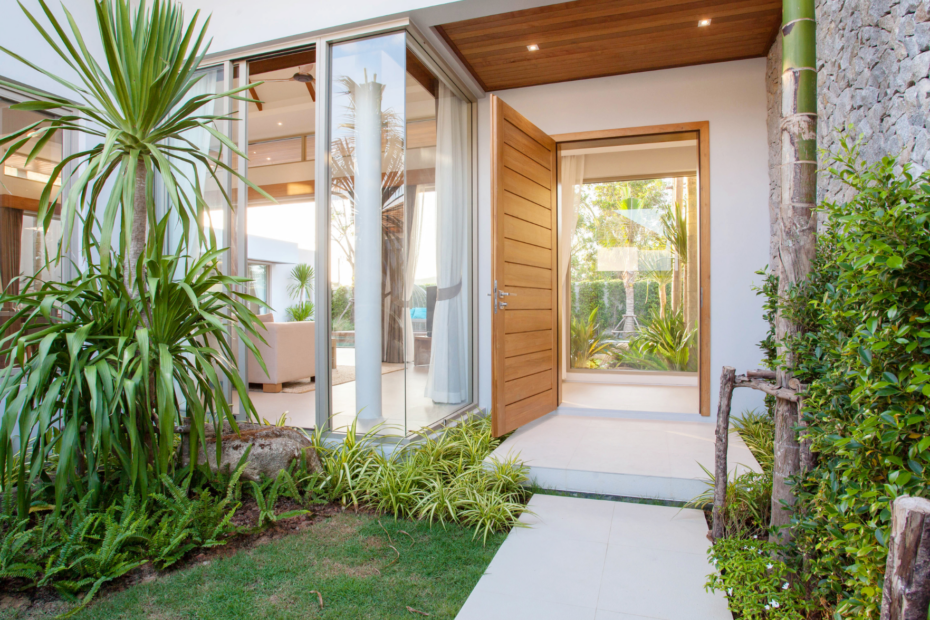In today’s environmentally conscious world, creating a sustainable home garden is more than a hobby—it’s a lifestyle that contributes to a healthier planet. Whether you have a spacious backyard, a small patio, or even just a sunny balcony, you can design a garden that not only provides beauty and fresh produce but also minimizes environmental impact. This comprehensive guide will show you how to build and maintain a sustainable home garden, using eco-friendly practices, water conservation techniques, and organic methods that enhance biodiversity. Let’s learn how to create a sustainable home garden that inspires both nature lovers and eco-enthusiasts alike.
Why Create a Sustainable Home Garden?
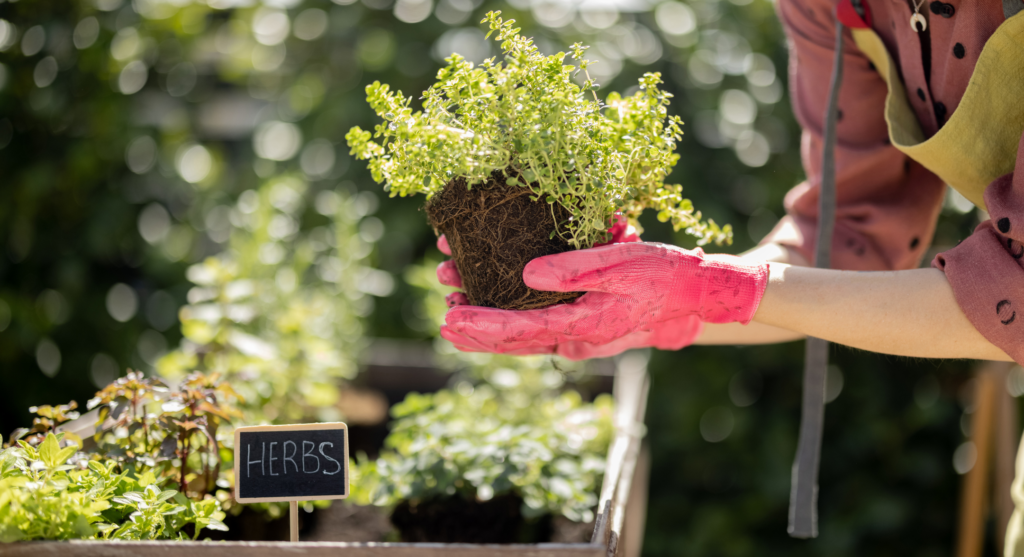
Choosing to create a sustainable home garden has many compelling benefits. Not only does it allow you to grow your own organic food, but it also helps reduce your carbon footprint, promotes biodiversity, and can even lead to cost savings over time.
Environmental Benefits
A sustainable home garden reduces the need for store-bought produce, which often involves long-distance transportation and packaging waste. By growing your own food, you lower your reliance on commercial agriculture, which frequently uses synthetic fertilizers and pesticides harmful to ecosystems. Furthermore, a sustainable garden minimizes waste by reusing organic materials and employing composting techniques that enrich the soil naturally.
Health and Well-Being
Organic produce from your garden is free from synthetic chemicals, offering healthier options for you and your family. Gardening itself is a therapeutic activity, reducing stress and promoting physical exercise. A well-planned garden provides fresh air and a connection to nature, contributing to improved mental health and overall well-being.
Economic Advantages
Although setting up a sustainable garden might require an initial investment, it can save you money in the long run. Growing your own herbs, vegetables, and fruits reduces grocery bills, and many eco-friendly gardening practices focus on using natural and inexpensive resources. Additionally, reusing materials and composting kitchen waste can further lower your expenses.
Promoting Biodiversity
A sustainable home garden supports local wildlife by providing habitats for pollinators like bees, butterflies, and birds. By choosing native and drought-resistant plants, you can create a balanced ecosystem that attracts beneficial insects and animals, which in turn help control pests naturally.
By choosing to create a sustainable home garden, you actively contribute to a greener lifestyle and a healthier environment. Remember, a well-designed garden can be a source of beauty, food, and environmental stewardship.
Planning Your Sustainable Home Garden

Creating a sustainable garden begins with thoughtful planning. Here are the essential steps to design a garden that is both eco-friendly and highly productive.
1. Evaluate Your Space
Assess the area available for gardening. Whether you have a large backyard or a small balcony, understanding your space is crucial:
- Sunlight Exposure: Determine the amount of direct sunlight the area receives. Most vegetables and herbs require at least 6 hours of sun daily.
- Soil Quality: If you have an outdoor garden, consider getting your soil tested. Amend it with organic matter if necessary.
- Space Constraints: For small spaces, consider container gardening or vertical gardening techniques that maximize every inch.
2. Set Clear Goals
Define what you want to achieve with your garden. Your goals might include:
- Growing a specific type of produce (e.g., vegetables, herbs, fruits)
- Creating a decorative green space that attracts wildlife
- Reducing water consumption through sustainable practices
- Enhancing your home’s aesthetic and increasing property value
Clear objectives will help you stay focused and guide your planning process.
3. Choose Eco-Friendly Materials and Tools
Invest in sustainable gardening supplies such as:
- Organic Seeds: Purchase certified organic or heirloom seeds that promote genetic diversity.
- Natural Fertilizers: Use compost, manure, or other organic fertilizers that improve soil health without harmful chemicals.
- Eco-Friendly Tools: Look for tools made from recycled or sustainably sourced materials.
- Recycled Containers: Reuse old containers, buckets, or even repurposed items to create planters.
Selecting eco-friendly materials is key to maintaining the overall sustainability of your garden.
4. Plan Your Garden Layout
Design a garden layout that maximizes space and efficiency. Consider:
- Raised Beds: Ideal for improving drainage and controlling soil quality.
- Vertical Gardens: Use trellises, hanging baskets, or wall-mounted planters to grow climbing plants.
- Companion Planting: Arrange plants in ways that benefit each other, such as pairing tomatoes with basil to enhance flavor and deter pests.
- Paths and Accessibility: Ensure that the layout allows easy access to all areas for maintenance and harvesting.
A well-thought-out layout will make it easier to create a sustainable home garden that meets your goals.
Sustainable Gardening Techniques
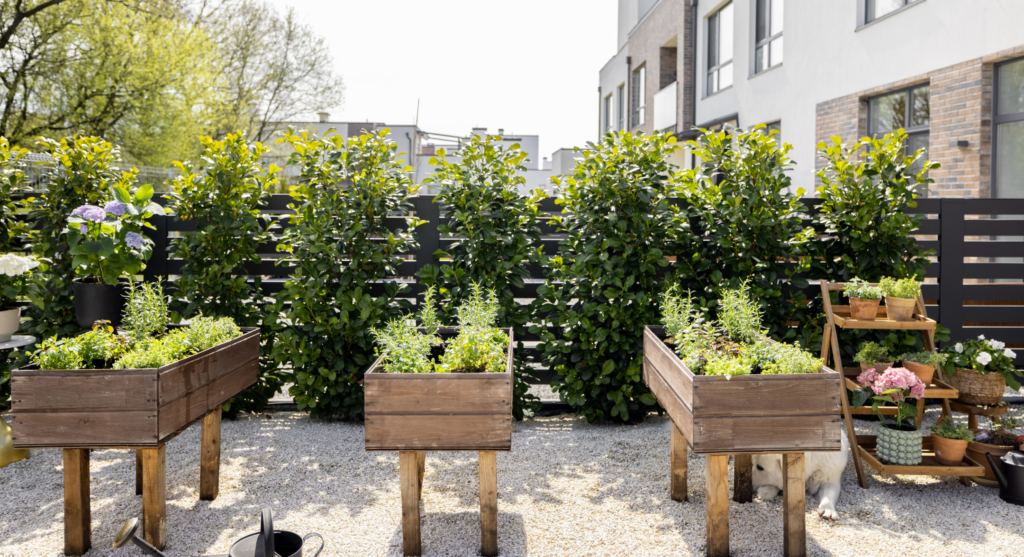
Once you have a plan in place, it’s time to implement sustainable gardening techniques that promote an eco-friendly garden.
1. Water Conservation Strategies
Water is a precious resource, and sustainable gardens prioritize efficient water use. Here are several techniques:
Drip Irrigation
Drip irrigation delivers water directly to the plant roots, minimizing evaporation and runoff. Installing a drip system can save significant amounts of water and ensure that plants receive a consistent moisture supply.
Rainwater Harvesting
Collecting rainwater in barrels or tanks is an excellent way to reduce dependence on municipal water. Use harvested rainwater to irrigate your garden, especially during dry seasons.
Mulching
Applying organic mulch, such as straw, wood chips, or leaves, helps retain soil moisture, suppresses weed growth, and improves soil fertility. Mulching reduces the frequency of watering and creates a healthier growing environment.
Greywater Recycling
If local regulations allow, consider recycling greywater from sinks or showers to water your garden. Greywater systems can be integrated into your overall irrigation plan for added sustainability.
2. Organic Pest Management
Avoid using chemical pesticides by adopting organic pest control methods:
Beneficial Insects
Introduce beneficial insects, such as ladybugs, lacewings, and predatory mites, that naturally control pest populations. Planting a variety of flowers can attract these helpful insects to your garden.
Natural Remedies
Use natural pest repellents like neem oil, garlic spray, or insecticidal soap. These remedies are effective at controlling pests without harming the environment.
Physical Barriers
Install row covers, nets, or insect screens to protect plants from pests while still allowing sunlight and water to reach them.
3. Composting for Soil Health
Composting is a cornerstone of sustainable gardening. By recycling kitchen scraps, yard waste, and other organic matter, you create nutrient-rich compost that improves soil fertility.
Setting Up a Compost Bin
Choose a compost bin or create a simple DIY compost pile in your garden. Regularly add a balanced mix of green (nitrogen-rich) and brown (carbon-rich) materials, and turn the pile to aerate it.
Using Compost
Incorporate compost into your garden beds to enhance soil structure, improve water retention, and supply essential nutrients to plants.
4. Organic Fertilizers and Soil Amendments
Supplement your garden with natural fertilizers such as:
- Compost Tea: A liquid fertilizer that provides nutrients to plants.
- Manure: Well-rotted animal manure adds organic matter and nutrients.
- Bone Meal and Rock Phosphate: Natural sources of phosphorus and calcium.
- Cover Crops: Planting legumes or clover can fix nitrogen in the soil, reducing the need for additional fertilizer.
By using organic soil amendments, you support a healthy ecosystem in your garden.
Designing a Biodiverse Garden
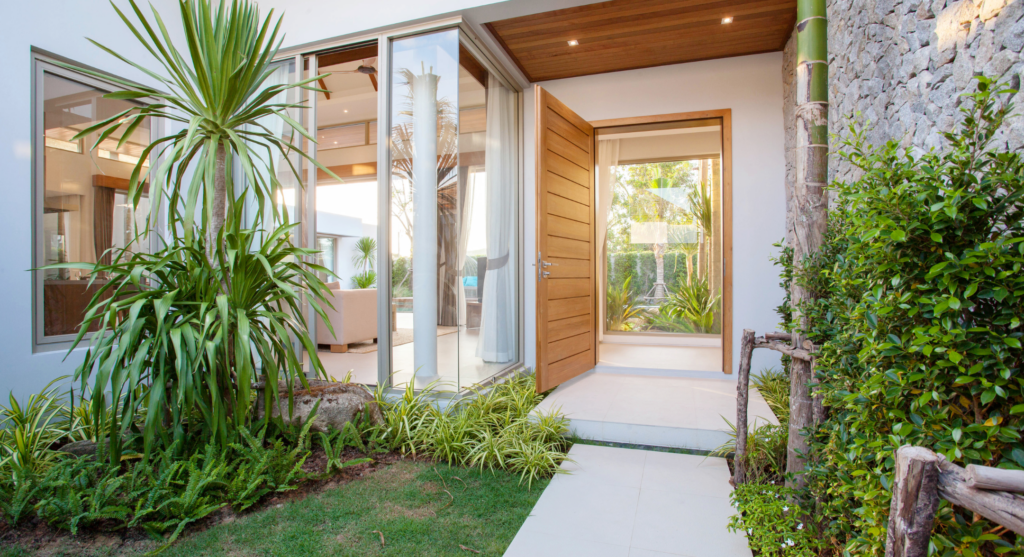
Creating a garden that supports biodiversity is essential for sustainability. A biodiverse garden attracts pollinators, natural predators, and beneficial microbes, all of which contribute to a thriving ecosystem.
1. Plant Diversity
Choose a wide variety of plants to create a balanced ecosystem. Include:
- Native Plants: Adapted to your local climate, native plants require less water and maintenance.
- Pollinator-Friendly Flowers: Plants like sunflowers, coneflowers, and marigolds attract bees, butterflies, and hummingbirds.
- Herbs and Vegetables: Grow a mix of edibles to support both your diet and the local ecosystem.
2. Creating Habitats
Enhance biodiversity by incorporating features that provide shelter and food for wildlife:
- Birdhouses and Feeders: Attract birds that help control insect populations.
- Bee Hotels: Offer nesting sites for solitary bees, important pollinators in your garden.\n- Water Features: A small pond or birdbath can support amphibians and other wildlife, while also providing a relaxing focal point.
3. Sustainable Garden Maintenance
Maintain your garden using sustainable practices that support biodiversity:
- Organic Mulching: Use natural mulches to promote soil health and provide habitat for beneficial organisms.\n- Minimal Tillage: Reduce soil disturbance to protect soil structure and microbial life.
- Seasonal Rotation: Rotate crops and plants to maintain soil fertility and prevent pest buildup.
By designing for biodiversity, you create a resilient garden that naturally manages pests and thrives with minimal chemical input.
Overcoming Common Challenges
Creating and maintaining a sustainable home garden can sometimes present challenges. Here are some common issues and strategies to overcome them:
Limited Space
For those with limited space, consider these solutions:
- Container Gardening: Use pots, window boxes, or vertical planters to grow plants in small spaces.
- Urban Gardening: Explore rooftop or community gardens if you lack sufficient space at home.
- Efficient Layouts: Maximize every inch with raised beds and vertical structures.
Water Scarcity
In areas where water is limited, prioritize water-saving techniques:
- Drip Irrigation and Mulching: As mentioned, these techniques are key to reducing water use.\n- Drought-Resistant Plants: Choose plants that require less water to thrive.
Pest Management Without Chemicals
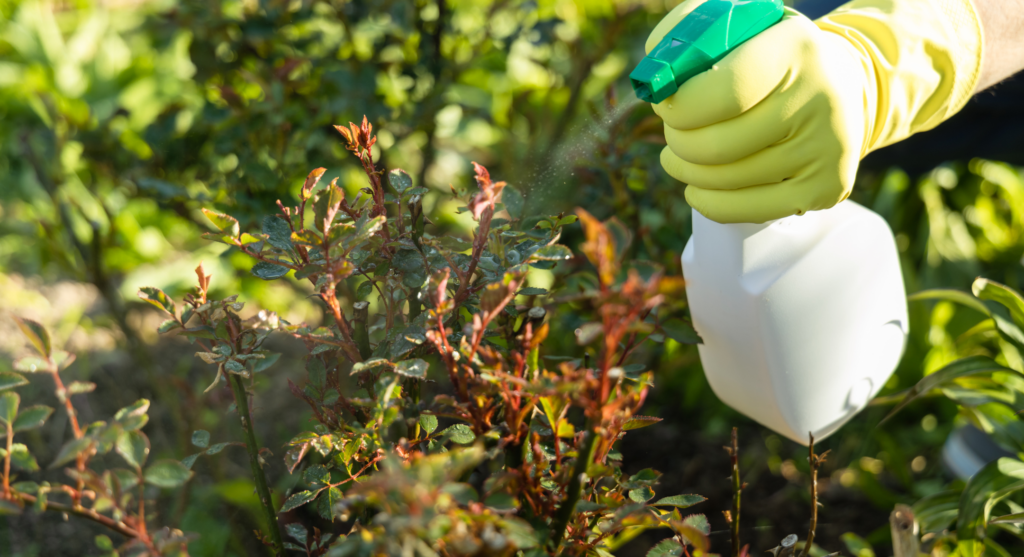
Organic pest control methods might require more attention:
- Regular Monitoring: Check plants frequently for signs of pests.\n- Diverse Planting: Increase plant diversity to naturally deter pests.
- Biological Controls: Introduce beneficial insects early in the season to keep pest populations in check.
Maintaining Soil Health
Healthy soil is the foundation of a sustainable garden:
- Regular Composting: Keep a consistent composting routine to replenish nutrients.\n- Soil Testing: Periodically test your soil to monitor pH and nutrient levels, and adjust your organic amendments accordingly.
Real-Life Success Stories
Real-world examples can provide inspiration and practical ideas. Here are a few success stories from sustainable gardeners:
Success Story 1: Urban Balcony Garden
An urban dweller with a small balcony transformed the space into a thriving garden by using vertical planters and container gardening. They grew herbs, leafy greens, and even some small vegetables, all maintained through a drip irrigation system and regular composting. This project not only provided fresh produce but also enhanced the balcony’s aesthetics and served as a stress-relieving hobby.
Success Story 2: Backyard Eco-Garden
A family with a modest backyard created a sustainable garden that served as a source of organic produce and a habitat for local pollinators. They built raised beds using reclaimed wood, installed a rainwater harvesting system, and set up a compost bin for kitchen scraps. The family reported that their organic garden reduced grocery bills and fostered a deeper connection with nature.
Success Story 3: Community Garden Initiative
In a suburban neighborhood, residents collaborated to create a community garden focused on sustainability. They shared resources, organized workshops on organic gardening techniques, and planted a variety of native species to support local wildlife. The initiative not only provided fresh produce for the community but also strengthened neighborhood bonds and promoted environmental awareness.
Creating a sustainable home garden is a rewarding endeavor that benefits both the environment and your personal well-being. By employing eco-friendly practices, conserving water, and fostering biodiversity, you can create a green space that not only provides fresh produce and beauty but also helps reduce your ecological footprint. Remember the focus phrase: Sustainable home garden—let it inspire every decision you make, from planning and planting to maintaining and harvesting.
With careful planning, the right materials, and a commitment to organic practices, anyone can build a garden that is both sustainable and bountiful. Embrace container gardening, raised beds, and vertical gardens to make the most of limited spaces, and rely on natural fertilizers, composting, and organic pest control to maintain healthy soil and plants.
The journey to a sustainable home garden is filled with learning and growth. It requires a shift in mindset, patience, and a willingness to adapt. However, the rewards are immeasurable: a vibrant, eco-friendly garden that enhances your quality of life, supports local biodiversity, and serves as a living example of how we can all contribute to a healthier planet.
So, start today. Assess your space, set clear goals, and embark on the journey to create your very own sustainable home garden. Enjoy the process, celebrate your progress, and relish the peace and satisfaction that comes from cultivating your own green oasis.

